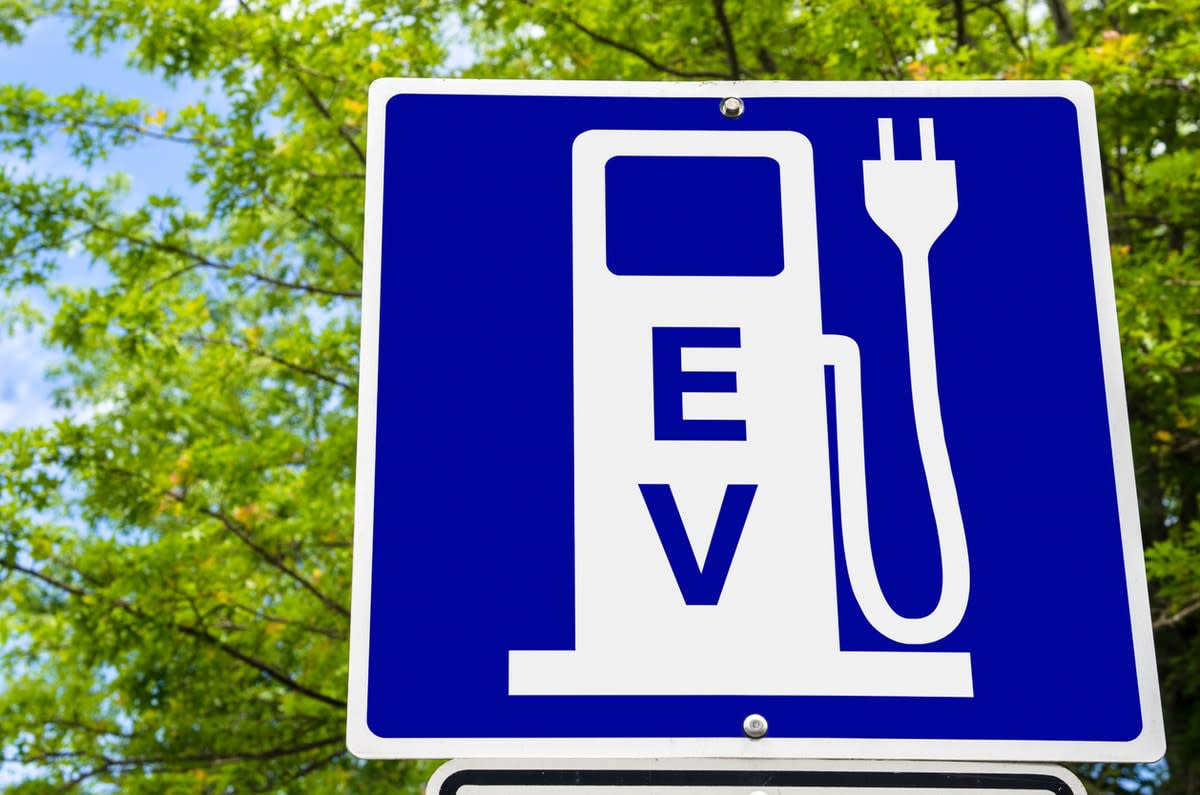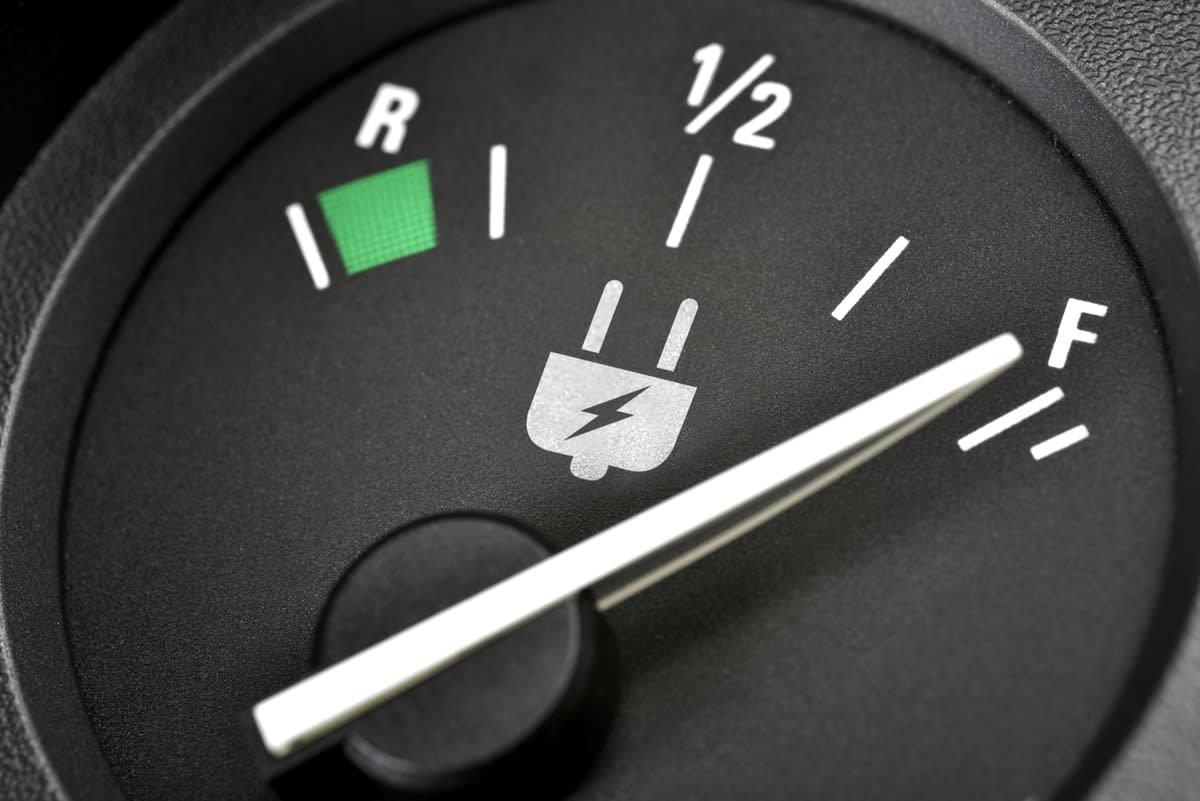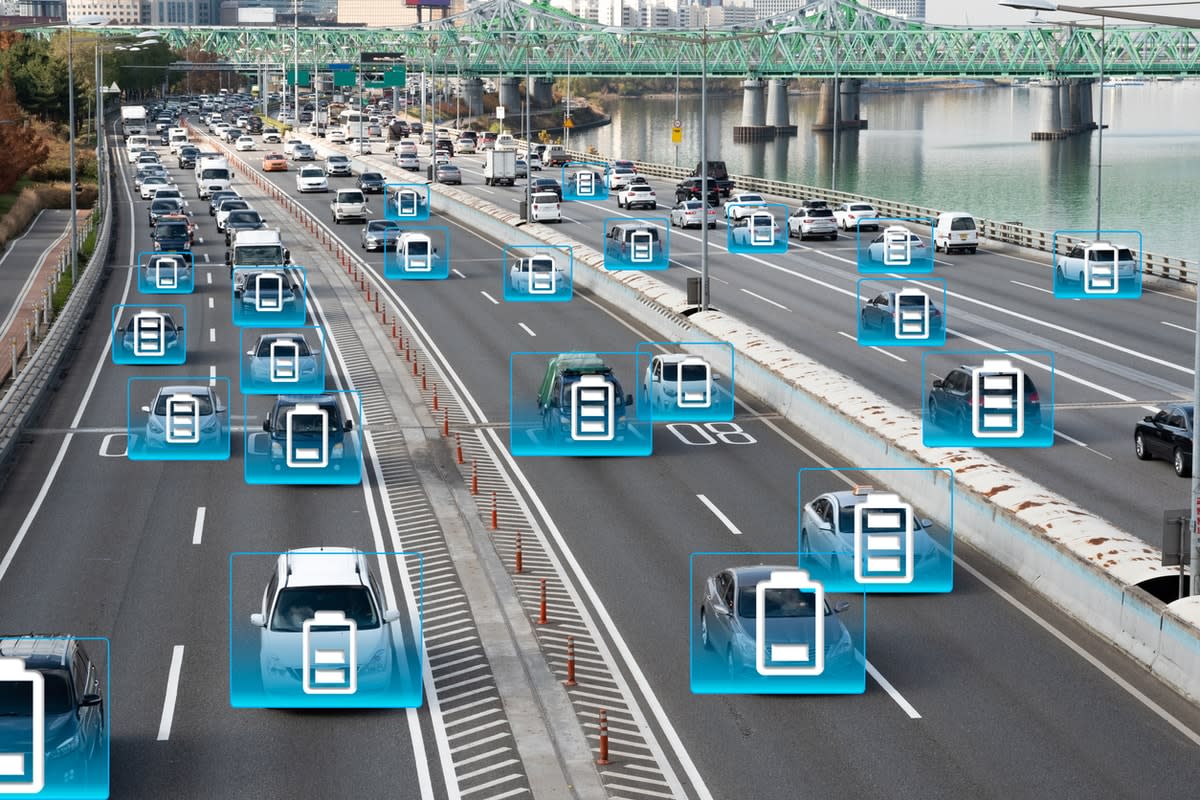Electric vehicles are on the way, but it's more than a matter of plug and play
Electric cars will fill Australian roads by 2030, even without government incentives.
“They will ramp up in popularity very quickly,” predicts Roger Dargaville, Deputy Director of the Monash Energy Institute. “They’ll be like so many technological advances that you don’t see coming until they’re on top of you. Then, all of a sudden, they’re everywhere.”
Electric vehicles (EVs) can now be purchased for less than $45,000. Their owners will save about $2000 a year on fuel costs and will also save on servicing – as well as reducing carbon emissions, he says.
Professor Hai Vu, who researches autonomous (self-driving) electric vehicles, agrees. The main cost of an EV is the battery, and as battery manufacture becomes more efficient, the cost will fall, he says.
Rather than consumers receiving government incentives to purchase an EV, he believes they’ll have to be charged a form of road tax (which the Victorian government is now proposing) to make up for the lost revenue in petrol tax.
So confident are these scientists of the inevitability of EVs that they’re examining how EV battery technology can be adapted so as not to overwhelm the electricity grid.
Although much has been made of the need for more quick-charging stations, the scientists say the stations will be important for fleet cars, or for drivers on long distances who need to recharge while they’re on the road.

If privately-owned petrol-fuelled passenger cars are simply replaced with EVs, most will be charged overnight when parked at home, Dr Dargaville predicts.
“You just plug it into the electricity network, he says. “If there’s a few cars doing that, it’s fine. But if you have a million cars doing that all starting at around 6pm in the evening, you’ll overload the electricity network.
“To put it in perspective, if we get to several million cars on the road, that will approximately double demand for electricity from the residential sector."
Rebuilding the power grid to cope with this demand “would be extremely expensive”, he says. “Instead, we need a system that’s much smarter than that and will charge the electric vehicles when it’s optimal to do so.”
That could be in the early afternoon “when the sun is shining”, or at 3am if the wind is blowing hard.
“If we get to several million cars on the road, that will approximately double demand for electricity from the residential sector.”
But if the battery recharge can be scheduled by intelligent software, “then EVs will go from being a massive challenge in the system to being hugely beneficial, because they'll be able to soak up the variability in the wind and the solar”, he says.
For instance, if your EV battery needs topping up at a charging station during the day, “you could tell the charging station how important it is for the EV to have a full charge or not, and it will then provide an appropriate level of charge in your vehicle to get you home again.”
Or ,“if you’ve got overnight for the algorithm to choose when the vehicle will charge, then that gives the system a lot of flexibility, and it can delay the charging to an off-peak time”, Dr Dargaville says. Most privately-owned EVs will not have to be charged daily.
The system he describes would “in theory be straightforward to build”, he says, “and there are prototypes out there already being tested”.
The challenge is working out the details of how such a system would operate in reality, requiring “agreements between the EV owners, distribution networks, and the charging station installers”. Many of these issues are being addressed in the EV Opportunity Assessment Project at the RACE for 2030 CRC.
EVs as mobile power stations
Another potential benefit of a smart-battery network is “known as V2G, or vehicle to grid, where the batteries in the cars can discharge their power on to the grid at times of peak demand”, with EVs serving as a mobile power station, he says.
On a 40°C day, for example, when air-conditioners are running hot, a grid that relies on renewables could struggle to meet demand, especially if clouds block the sun from reaching solar panels.
EVs could come to the rescue by “discharging back onto the grid and acting as a peaking power plant”, he says. “That allows you to avoid any rolling blackouts, and makes electricity more affordable, because you don’t need as many power stations.”
A million EVs have the potential to provide the equivalent power of two coal-fired power plants.

But EVs won’t solve the problems relating to car dependence. Professor Vu’s vision for driverless vehicles may provide a solution.
Simply replacing the nation’s 20 million privately-owned petrol-fuelled cars wouldn’t eliminate traffic snarls and accidents, for instance. He’s working towards a scenario where car ownership is rarer, and we call on autonomous vehicles (AVs) to fill the gaps in the public transport network. He envisages them operating in fleets, similar to an Uber service, but without drivers.
The agility of autonomous vehicles
Professor Vu describes AVs as an “agile” form of transport, because they can be adapted to individual demands.
For most people who travel for work or play, the most important question is “how can I get from A to B in the shortest time, and in the most convenient or cheapest way?”, he says.
Ready access to self-driving cars would provide mobility for people who cannot drive – the elderly, teenagers, or the disabled – or for people who can’t afford a car.
These services would also be extended to those who live outside the public transport network. If the services were affordable, the need for private vehicles would be eliminated.
Most car accidents are caused by human error, Professor Vu says, and a self-driving car could – theoretically – eradicate those as well.

But there’s a hitch.
At present, self-driving cars can’t be programmed to anticipate all the random events that face human drivers – rogue cyclists, runaway pets and soccer balls, say. That’s why driverless vehicles or trains are presently found in controlled environments; the Changi Airport Skytrain in Singapore is one example.
If all vehicles were driverless, the possibility of accidents would be far less, Professor Vu says. But such a transition – if it takes a place at all – would be decades away. The Singapore government is already planning a separate road network for autonomous vehicles, as a way of overcoming the transition problem.
Productivity on the road
Another advantage is that “you can spend the time travelling more productively, because you do not need to pay attention to the road”, he says. “In effect, you could travel all day, while working in the car.”
Decades of songs and movies about the lure of the open road have persuaded us that cars and liberty are connected, but Professor Vu has a different perspective.
“The need for a vehicle and for liberty are two different things,” he says. If mobility is considered as a service that can be provided to all citizens, “then you really don't need to worry about having a car or not, because whatever mobility you need, the system will work that out for you. Right?”







